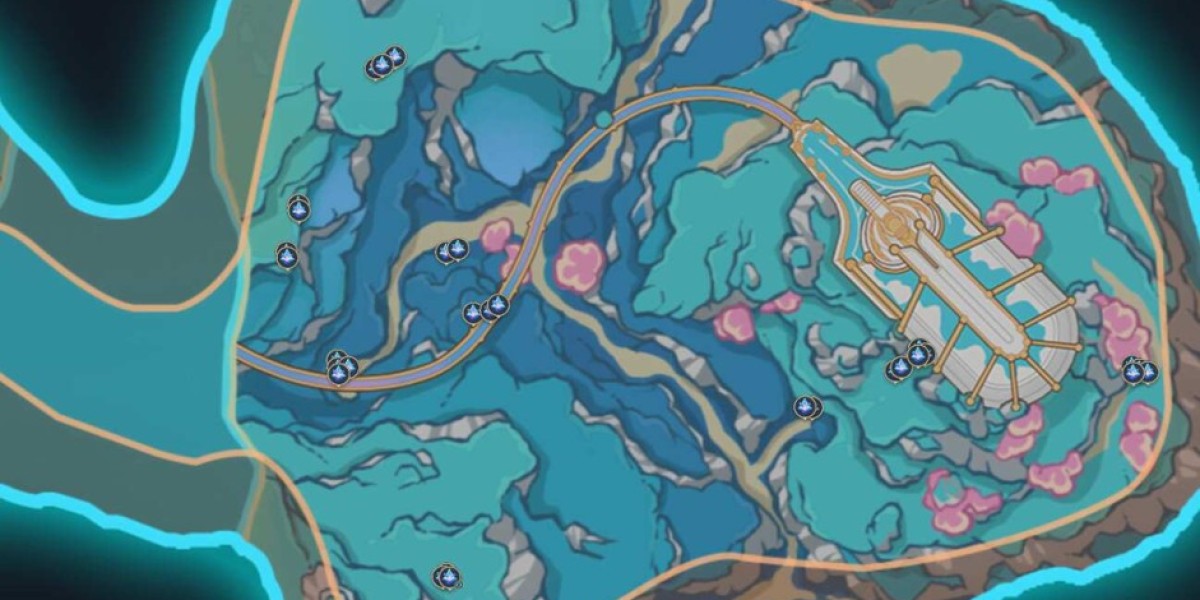Soft drinks are a staple in the beverage industry, cherished by consumers for their sweetness, refreshing qualities, and effervescence. But have you ever wondered how they are made? Behind the scenes of your favorite fizzy beverages, a blend of science and technology comes into play. In this blog post, we’ll explore the machines used in soft drink production and provide a step-by-step guide on how carbonated soft drinks are made.
The Machines Behind Soft Drink Production
Creating the perfect carbonated soft drink requires a series of machines that handle various stages of production. Here’s a rundown of the key equipment used in the process:
- Water Purification Systems
The foundation of any soft drink is water. Before any beverage can be created, water must be purified to ensure it meets health standards and retains the desired taste. Water purification systems utilize reverse osmosis and UV treatment to eliminate impurities, ensuring the highest quality water.
- Mixing Machines
Once the water is purified, the next step involves mixing it with other ingredients—sugar, flavorings, acids, preservatives, and sometimes colorants. Large mixing tanks equipped with agitators are used to combine the ingredients uniformly before carbonating. The precise control of temperature and consistency is crucial here.
- Carbonators
This is where the magic happens—carbonation! Carbonators are designed to inject carbon dioxide (CO2) into the liquid mix under high pressure, creating the desired fizz. Two widely used methods for carbonating liquids are:
- Counter-Pressure Carbonation: This method involves adding CO2 to the beverage in a closed system, ensuring that the gas dissolves efficiently.
- Inline Carbonation: In this method, the beverage passes through a carbonator that injects CO2 as the liquid moves through pipes, minimizing loss of carbonation.
- Filtration and Quality Control Equipment
After carbonation, the beverage undergoes filtration to remove any inconsistencies or foreign particles. Quality control machines, such as automated bottle inspection systems, ensure that every bottle meets the standards before it is sealed and labeled.
- Filling and Capping Machines
Filling machines automatically dispense the carbonated beverage into bottles or cans. They ensure that each container receives the correct volume of the drink. Once filled, capping machines securely seal the containers to maintain carbonation and freshness.
- Labeling and Packaging Machines
The final stage of production involves labeling and packaging. These machines automatically apply labels and pack bottles into cartons for distribution. Efficiency and accuracy are essential to meet the high demands of the market.
How to Make Carbonated Soft Drinks at Home
If you’re feeling inspired after learning about the machines used in the soft drink industry, why not try making your own carbonated soft drinks at home? Here's a simple guide.
Ingredients:
- 1 cup of sugar (or alternative sweeteners)
- 1 cup of flavored syrup (fruit flavors, cola, etc.)
- 1 liter of carbonated water (store-bought or homemade if you own a soda maker)
- Optional: Food coloring or natural extracts (for flavor enhancement)
Equipment:
- Mixers or pitchers
- A funnel (for easy pouring)
- Bottles for storage (preferably glass or PET bottles)
Steps:
- Prepare the Base:
- In a pitcher, combine water with the sugar and flavored syrup. Stir until fully mixed. You can adjust the sweetness and flavor according to your preference.
- Carbonate the Mixture:
- If you have a soda maker, follow the manufacturer’s instructions to carbonate the prepared mixture. Alternatively, slowly stir the mixture into a bowl of carbonated water, being careful not to agitate too much.
- Bottle It Up:
- Using a funnel, carefully pour the carbonated mixture into your bottles, leaving some space at the top to prevent spillage.
- Seal and Chill:
- If you're using a home carbonation system, seal the bottles tightly. Refrigerate them for a few hours to enhance the flavor.
- Enjoy:
- Once chilled, pour your homemade soft drink into a glass, and enjoy the refreshing fizz!
Conclusion
The journey of soft drink production is a fascinating blend of machinery, science, and creativity. With the right machines, manufacturers can create flavorful, bubbly delights enjoyed worldwide. And with a little effort, you can also embrace this fizzy phenomenon from the comfort of your own kitchen. So whether you pop open a can or create your own blend at home, there's no denying the universal love for soft drinks! Cheers!


